World War I Printable Worksheets
If you're a history teacher or a student looking to enhance your understanding of World War I, then you'll be glad to know that there are a plethora of printable worksheets available that focus specifically on this significant historical event. These worksheets are designed to engage and educate learners about the various aspects of the war, including the causes, countries involved, major battles, and the aftermath.
Table of Images 👆
More Other Worksheets
Kindergarten Worksheet My RoomSpanish Verb Worksheets
Cooking Vocabulary Worksheet
DNA Code Worksheet
Meiosis Worksheet Answer Key
Art Handouts and Worksheets
7 Elements of Art Worksheets
All Amendment Worksheet
Symmetry Art Worksheets
Daily Meal Planning Worksheet
What were the main causes of World War I?
The main causes of World War I can be attributed to a complex mix of factors, including nationalism, imperialism, militarism, and alliances. Nationalism fueled competitive desires for independence and power among various nations, while imperialism led to conflicts over overseas territories and resources. Militarism created an arms race and a readiness for war, and complex alliance systems escalated conflicts between nations and turned a regional dispute into a global war. The assassination of Archduke Franz Ferdinand of Austria-Hungary in 1914 served as the trigger that unleashed the tensions that had been building for years, ultimately leading to the outbreak of World War I.
How did the assassination of Archduke Franz Ferdinand contribute to the outbreak of war?
The assassination of Archduke Franz Ferdinand served as the spark that ignited the complex web of alliances, militarism, nationalism, and imperial ambitions that were already escalating tensions among European powers. The event triggered a chain reaction of events that ultimately led to the outbreak of World War I as Austria-Hungary declared war on Serbia, followed by a series of alliances being invoked and escalating into a full-scale global conflict involving major world powers.
Which countries were part of the Allied Powers and which were part of the Central Powers during World War I?
The Allied Powers during World War I included countries such as France, Russia, the United Kingdom, and later the United States. The Central Powers consisted of countries such as Germany, Austria-Hungary, the Ottoman Empire, and Bulgaria.
What was trench warfare and how did it impact soldiers on the front lines?
Trench warfare was a type of combat in which soldiers fought from trenches dug into the ground, stretching for miles across the Western Front during World War I. It was characterized by heavily fortified positions, barbed wire, and brutal hand-to-hand combat. Soldiers endured unimaginable hardships in the harsh conditions of the trenches, including constant shelling, disease, rats, mud, and extreme weather. The impact on soldiers was devastating, leading to high casualties, physical and psychological trauma, and a sense of hopelessness and despair as they faced the horrors of war day after day.
What role did new military technologies, such as poison gas and tanks, play in World War I?
New military technologies, such as poison gas and tanks, played a significant role in World War I by changing the nature of warfare during the conflict. Poison gas was used to devastating effect, causing widespread casualties and instilling fear among soldiers. Tanks, on the other hand, revolutionized ground combat by providing mobility, firepower, and protection on the battlefield. These new technologies contributed to the high casualty rates and the stalemate on the Western Front, leading to a shift in military tactics and strategies for future conflicts.
How did women contribute to the war effort during World War I?
Women played a crucial role in the war effort during World War I by taking on new roles traditionally held by men who were serving on the front lines. They worked in munitions factories, served as nurses on the front lines, volunteered as ambulance drivers, and took up various roles in agriculture and transportation to support the war effort. Their contributions were instrumental in keeping the economy running and providing essential services during the war.
What was the Treaty of Versailles and how did it impact Germany?
The Treaty of Versailles was a peace treaty signed in 1919 that officially ended World War I between Germany and the Allied Powers. It placed full blame for the war on Germany, leading to significant territorial losses, disarmament, and reparations payments. These harsh terms crippled the German economy, fueled resentment and nationalism, and ultimately contributed to the rise of Adolf Hitler and the start of World War II.
What was the significance of the Battle of the Somme and the Battle of Verdun?
The Battle of the Somme, fought by the British and French against the Germans in 1916 during WWI, and the Battle of Verdun, primarily between French and German forces, were both significant because they resulted in tremendous casualties on both sides without significant territorial gains, symbolizing the stalemate and futility of trench warfare. The battles also highlighted the immense human suffering and loss of life experienced during WWI, shaping the perception of war and influencing military strategies in subsequent conflicts.
How did the war affect civilians and society on the home front?
The war had significant impacts on civilians and society on the home front, leading to disruptions in daily life, economic hardships, and social changes. Women entered the workforce in large numbers to support the war effort, families faced rationing and shortages of essential goods, and communities mobilized to provide support to soldiers and families. Additionally, the war brought about advancements in technology, changes in social norms, and ultimately led to a sense of unity and shared sacrifice among the civilian population.
What were the long-term consequences of World War I on global politics and international relations?
World War I had significant long-term consequences on global politics and international relations. It led to the collapse of empires such as the Ottoman Empire and Austro-Hungarian Empire, paving the way for the rise of new nation-states. The Treaty of Versailles established new borders and imposed heavy reparations on Germany, setting the stage for resentment and instability that contributed to the outbreak of World War II. Additionally, the League of Nations was created in an attempt to prevent future conflicts, but its ineffectiveness highlighted the need for a new global order and led to the eventual formation of the United Nations. The war also shifted power dynamics, with the United States emerging as a superpower and challenging traditional European dominance in global affairs. Overall, World War I reshaped the geopolitical landscape and laid the foundation for the turbulent 20th century.
Have something to share?
Who is Worksheeto?
At Worksheeto, we are committed to delivering an extensive and varied portfolio of superior quality worksheets, designed to address the educational demands of students, educators, and parents.

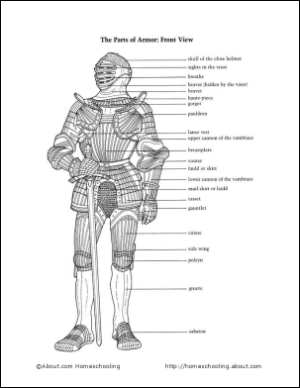



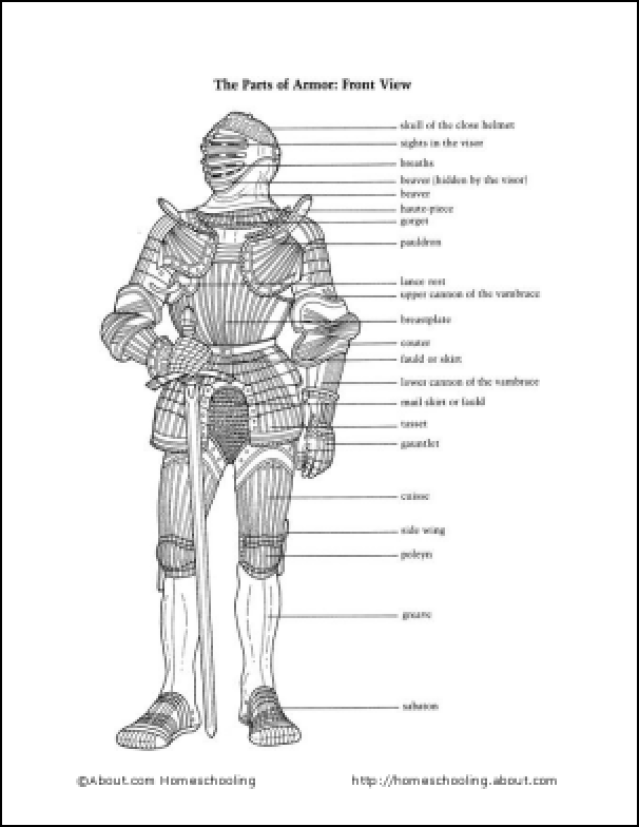
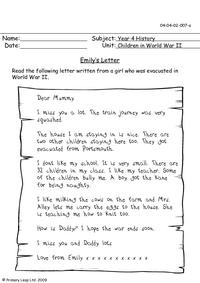

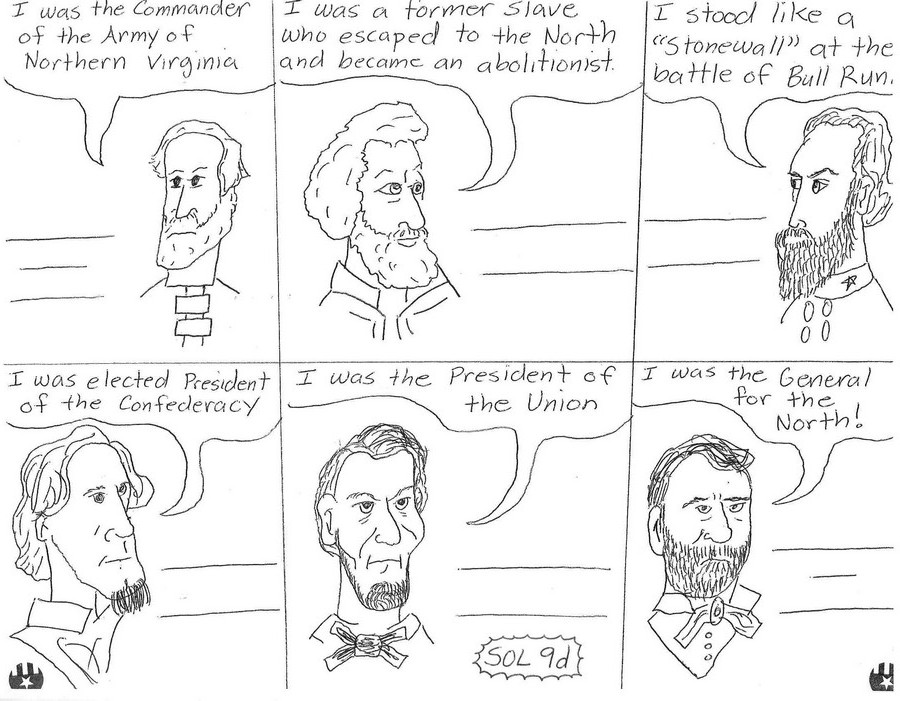
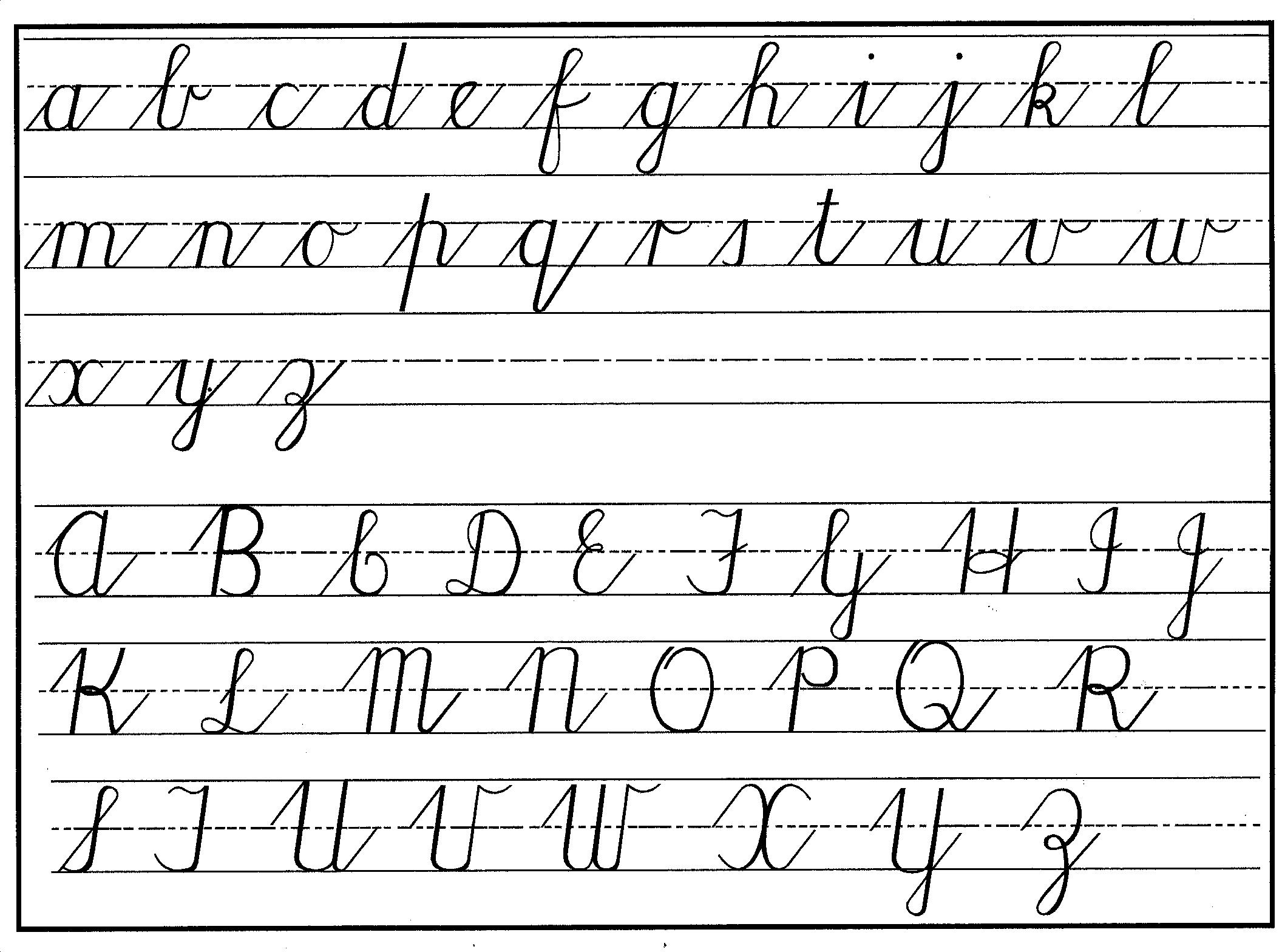
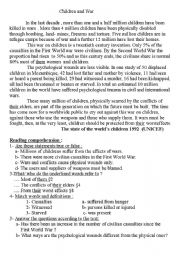

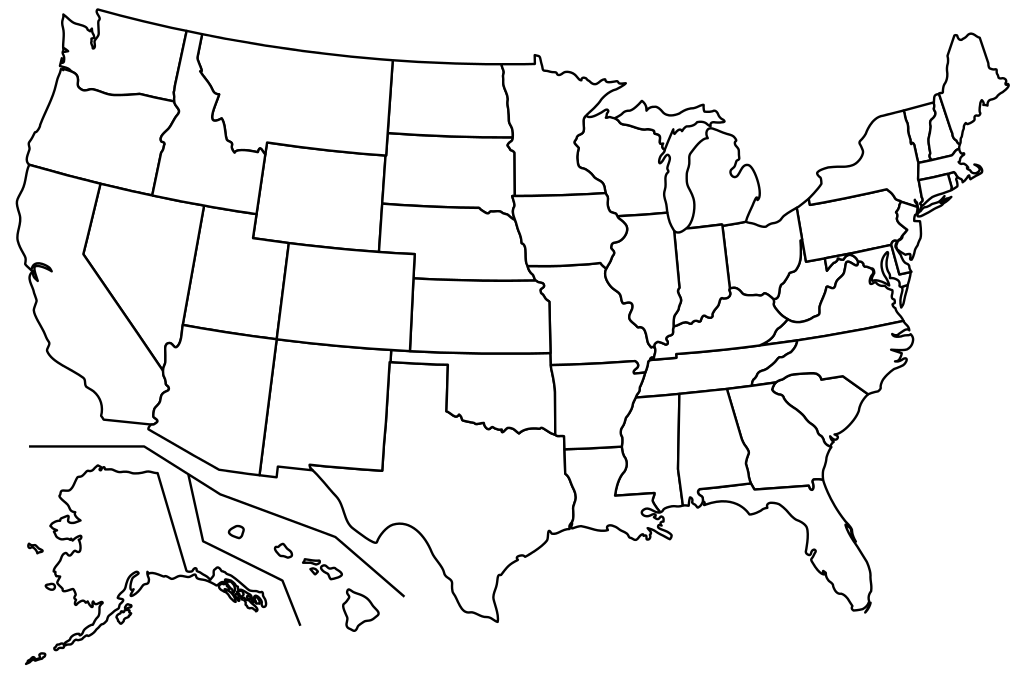
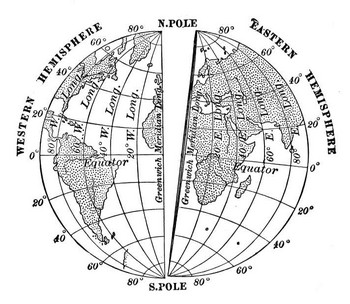
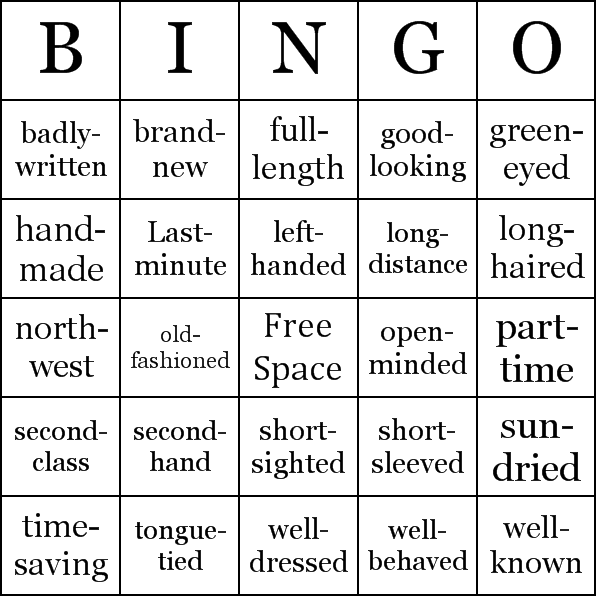














Comments